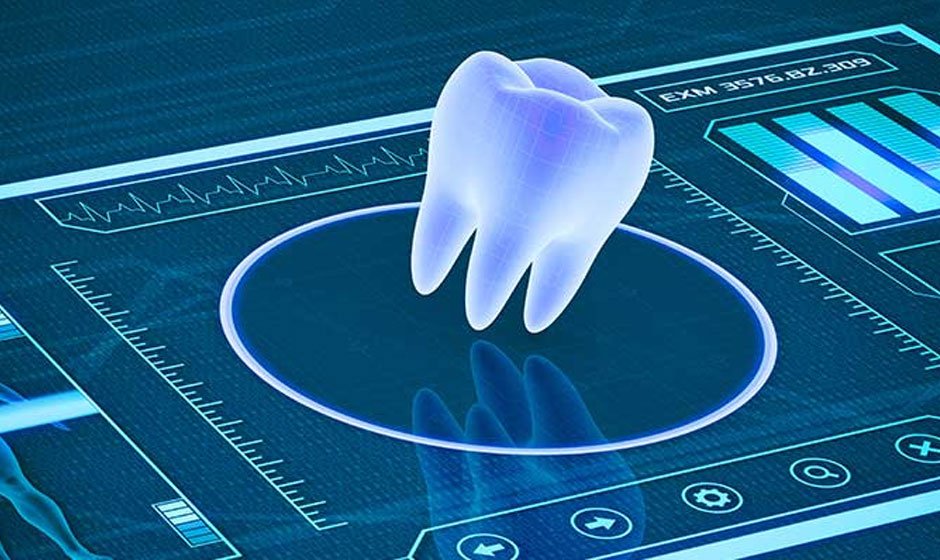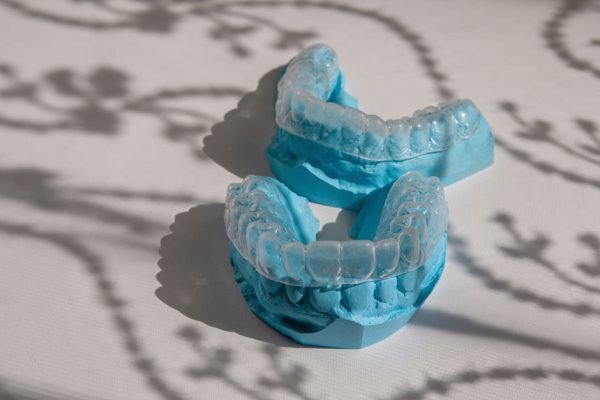The Future of Dentistry

Dental practice owners are facing a new era of disruptions. Like other industries, dentistry will see technological shifts.
Augmented reality technology, which blends real life with virtual environments, is quickly gaining prominence in dentistry. It allows dental students to practice procedures on virtual mouths in real time.
More Patients
Dental clinics should anticipate seeing more patients as cultural, educational and technological trends continue to alter people’s relationships with their teeth and an understanding of the correlation between oral health and overall wellness emerges.
Dental technology advances are making it easier for dentists to deliver top-quality care and educate patients. Digital workflows and CAD/CAM software make procedures that used to take weeks faster, making both patients happier and dental professionals more efficient in their processes.
Augmented reality (AR), commonly used in social media applications like Snapchat’s dog face filter, is now also being employed in dentistry for patient education and training purposes. For instance, Image Navigation’s DentSim Simulator allows students to practice procedures on mannequins using AR, providing instantaneous feedback to allow faster improvement.
More Accessible Care
As dental practices expand their patient rosters, it will be crucial for practices to find ways to provide care to more people without overextending existing staff members. One such method would be using emerging technologies that enhance accessibility like virtual and augmented reality.
These technologies are helping dentists enhance patient outcomes and satisfaction by shortening the time required to diagnose and treat dental diseases, with AI-powered algorithms capable of predicting which patients are more likely to become infected, leading to preventative measures and cost savings for both practitioners and their patients.
Lab technician robots that accelerate crown and veneer production. Furthermore, project management software such as ADIT offers built-in data analysis for appointment booking, patient demographics and marketing strategies.
Better Patient Education
An important quality of a good dentist lies in their ability to communicate clearly and explain complex procedures in understandable language, both now and as technologies such as augmented reality and virtual assistants become more widely utilized.
Patient education also increases a patient’s understanding of their oral health and treatment options, leading to better results and building trust between doctor and patient. When dentists take time for patient education sessions, it can form strong bonds that last throughout life.
Education may become easier in the near future thanks to intraoral cameras and teledentistry technologies that enable dental professionals to interact remotely with patients, which could prove particularly helpful for those struggling with transportation or language barriers. Other tools will assist dental specialists in providing more effective patient education, including software that tracks how a patient’s immune system reacts to various treatments.
More Cosmetic Procedures
As trends continue, dental clinic can expect more cosmetic procedures in the coming years. Patients have become more conscious of the correlation between oral health and overall well-being than ever before, leading them to seek cosmetic procedures at dental clinics more frequently.
Virtual and augmented reality technologies make it easier for patients to undergo treatments without visiting an office visit, for instance those suffering from anxiety during dental procedures can wear comforting headsets that transport them into another world with soothing scenery and music.
3D printing and advances in genomics like Clustered Regularly Interspaced Short Palindromic Repeat (CRISPR) have the potential to significantly shorten the creation time for crowns and other prosthetics, providing patients with more affordable and faster treatment options.
Robots in the Office
Utilizing robots in dental clinics will be of tremendous assistance both to the patients and dentist. Robots allow more work to be completed faster, making the clinic much more cost effective overall.
Dentists are increasingly turning to robotic technology to assist with procedures such as oral surgery and intra-oral imaging. One Dallas-area dentist employs Yomi, an automated surgical robot which makes implant surgeries less invasive for their patients.
Augmented reality (AR) technology is being employed in dental offices and clinics, enabling students to practice techniques on a virtual mouth with real-time feedback from cameras that monitor their movements.
This technology will empower general dentists to perform complex dental procedures typically reserved for specialists while simultaneously cutting costs associated with things such as CAD/CAM crowns and 3D-printed prosthetics.



